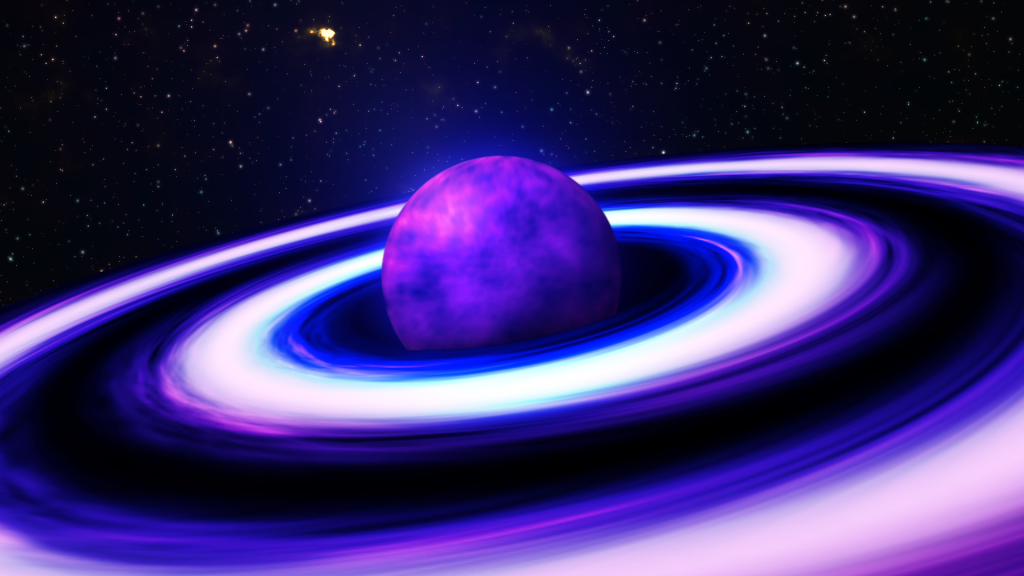The rings around planets have been an interesting phenomenon. Planet Saturn in the solar system has the most prominent planetary ring.
Apart from Saturn, the other three giant planets, Jupiter, Uranus and Neptune also have ring systems.
Galileo Galilei first observed rings around Saturn in 1610. The rings consist mostly of water, ice and tiny amounts of rock.
James L. Elliot and his team first discovered ring system of Uranus in 1977. Between 1977 and 2005, observations by voyager 2 and Hubble Space telescope led to 13 distinct rings, beings identified which mostly comprise of water ice and some radiation processed organics.
Jupiter’s ring system was third to be discovered and was first observed by Voyager 1 in 1979. The system consists mostly of dust.
The ring system around Neptune consists of five principal rings, which are faint and dusty. The planetary rings were observed by voyager 2 in 1989.
The proposed theories for the formation of planetary rings are – from the dense gas and dust surrounding a newly formed star within the Roche limit (the distance within which a celestial body is held together by its own gravity) of the planet; from the debris of the moon that was disrupted by a large impact.
The rings are supposedly unstable and dissipate over the course of tens or hundreds of millions of years. However, Saturn’s ring is quite old and dates to the early days of the Solar System.
